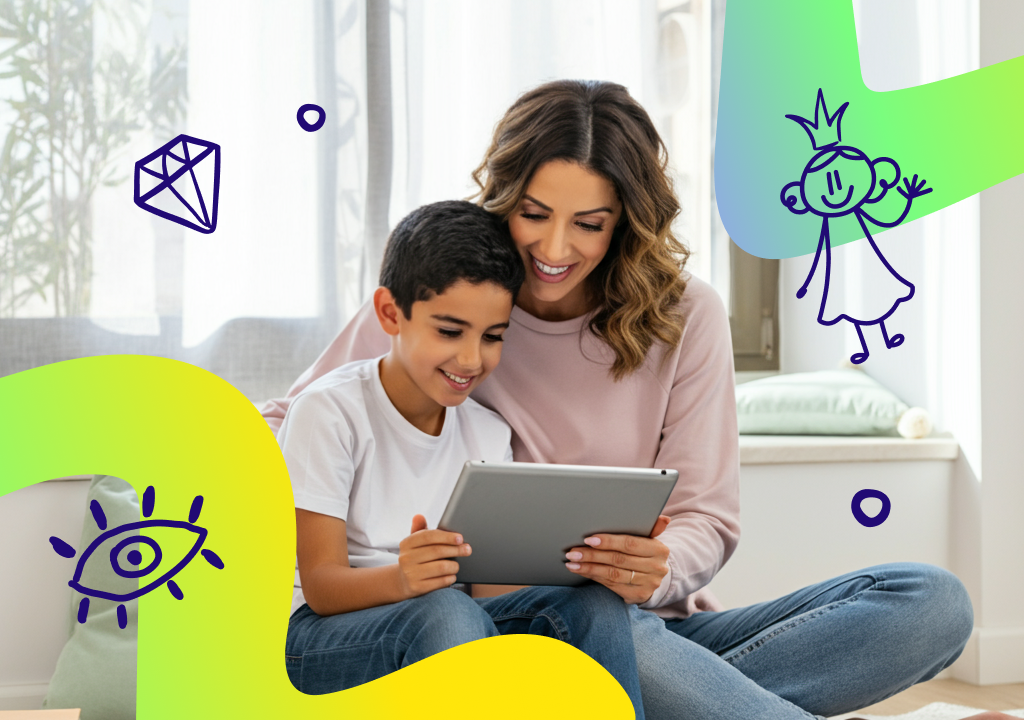- Why is Reading Comprehension Important
- Pre-Reading Strategies
- During-Reading Strategies
- Post-Reading Strategies
- Technology Integration
Uncover strategies to boost English reading comprehension skills in ESL learners. Equip your students with the tools they need to comprehend and engage with English texts confidently.
Have you ever found yourself lost in a sea of words, struggling to grasp the meaning of a text? Without the proper understanding, English reading comprehension can be like navigating a maze without a map. In this article, we will talk about practical strategies that will empower you to conquer any English text with confidence and clarity.
Why is Reading Comprehension Important
At its core, reading comprehension is about more than just decoding words; it’s about extracting meaning and making connections. Like a detective piecing together clues, proficient readers employ techniques to find the mysteries hidden within the text. From identifying key ideas to discerning the author’s tone and purpose, these strategies serve as valuable tools.
One of the first steps in enhancing reading comprehension is building a strong foundation of vocabulary and language skills. Just as a sturdy house requires a solid framework, a robust vocabulary provides the scaffolding through which comprehension can flourish. By expanding your repertoire of words and phrases, you improve your ability to understand texts and deepen your appreciation for the language. So, let’s get started and discuss some of the best strategies for English reading comprehension.
Pre-Reading Strategies
Pre-reading strategies are like preparing for a journey before you even step out the door. They help you get ready to understand what you’re about to read. Here are two important pre-reading strategies to help you with English reading comprehension:
Activating prior knowledge and predicting content: This is like turning on the light in your brain before you start reading. You think about what you already know about the topic. For example, if you’re going to read a book about sharks, you might remember things you’ve heard or read before about them. Then, based on what you already know, you make guesses or predictions about what the text might talk about. It’s like guessing what might happen next in a story.
Previewing text features: Take a moment to look at the whole picture. Check out things like the title, headings, pictures, and any special features like maps or diagrams. They give you clues about what the text is going to be about and how it’s organized. For instance, if you see a chapter titled “Life Cycle of a Butterfly,” you know the text will probably explain the different stages in a butterfly’s life. Looking at these features helps you get an idea of what to expect.

During-Reading Strategies
Pre-reading strategies are like getting ready to dive into a pool: you want to check the water, see where the deep and shallow parts are, and make sure you’re prepared for what’s ahead. Here are some simple strategies to help you get ready to understand what you’re about to read:
Skimming for main ideas: Skimming is like taking a quick glance over the surface of the water to see what’s there. When you skim a text, you’re not reading every single word. Instead, you’re looking for the main ideas and getting a general sense of what the text is about.
Scanning for details: Scanning is like using a magnifying glass to search for something specific. Instead of reading the whole text, you’re looking for particular words, phrases, or numbers. You might scan a text to find the answer to a question or to locate a piece of information.
Using context clues: Context clues are like little hints that help you figure out the meaning of words you don’t know. They can come from the words and sentences around the unfamiliar word, as well as any pictures or diagrams that accompany the text.
Post-Reading Strategies
Post-reading strategies are like reflecting on a journey after you’ve reached your destination. They help you make sense of what you’ve read and deepen your understanding. Here are some simple ways to do that:
Summarizing main ideas: This is highlighting the main ideas and key points so you can remember them better. It’s like making a quick map of the journey you just took through the text.
Identifying areas of difficulty: This is looking back at the path you took and figuring out where you stumbled or got confused. Reflecting helps you become aware of what you know and what you still need to work on.
Engaging in follow-up activities: After you’ve read the text, it’s helpful to do some activities that reinforce what you’ve learned. This could be talking about the text with others, writing about your thoughts and feelings, or doing exercises that test your understanding. These activities help you dig deeper into the meaning of the text and make connections.
Technology Integration
As we near the end of our journey through strategies for English reading comprehension, let’s explore our final tip: the power of technology. By incorporating online resources, you can transform the way you engage with texts and deepen your understanding. Take a look at the following ways on how to integrate technology:
Online resources and digital tools: Use websites, apps, and other digital tools to help you practice reading in a fun way. For example, there are websites where you can read stories online and answer questions to test your understanding. Some apps even have games that make reading feel like an adventure.
Incorporating audio-visuals: Watch a movie that goes along with the story you’re reading. You can listen to audio recordings of the text while you follow along, which helps improve your pronunciation and listening skills. Some apps even have videos or animations that bring the story to life, making it easier to understand and remember.
To sum up, improving English reading comprehension is super important for ESL learners, and using helpful strategies can make a big difference. By using techniques before, during, and after reading, students can get better at understanding English texts. With practice and support, they’ll become more confident readers who can understand and enjoy learning English!






































